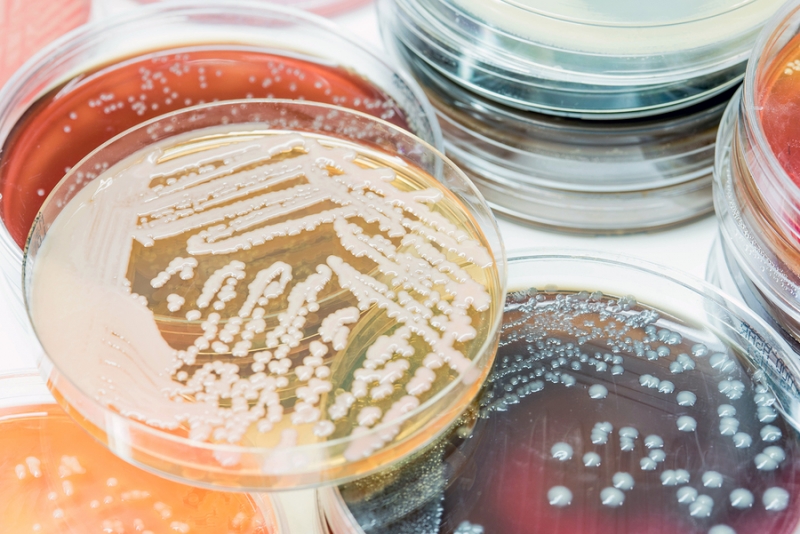Active air sampling sites should be done at the same locations or as close as practical to avoid compro mising the other measure or the product integrity.
Active air sampling definition.
After sampling the filter is placed directly on a medium in a standard 90mm petri dish and incubated.
The airborne contaminants are measured and compared against the volume of air and the results are stated as a concentration usually as milligrams per cubic meter mg m 3 or parts per million ppm.
Well what pharmacists health care practitioners and microbiologists refer to as air sampling can simply be defined as taking a correct measurement of the practical airborne bacteria mold yeast spores and fungal cells which can be collectively referred to as bioburden in the.
Air particulate sampling or air monitoring is essential for quality control qc purposes especially in companies that manufacture pharmaceutical products in controlled areas or clean rooms with filtered air.
It is important to distinguish passive sampling from active sampling which has the same underlying principle but employs moving parts such as pumps to force the sampling medium onto a collecting medium.
Air sampling is the process of capturing contaminants in a known volume of air.
Passive air sampling passive air sampling i e settle plates is a frequently.
Active sampling involves the use of an air sampling pump to actively pull air through a collection device such as a filter.
Also a long sampling time is often required in order to get enough mass for detection.
Passive sampling relies on the kinetic energy of gas molecules and diffusion of the gases in an enclosed space onto a sorbent medium.
This leaves determination of the number ofsites for passive air sampling and surface sampling.
Given that both methods are designed to assess viable airborne contamination in cleanrooms there may be no advantage in performing these two parallel methods for the.
However current active air sampling technology can be more advantageous and effective in assessing airborne viable contamination in cleanrooms than settle plate monitoring.
Active sampling requires the use of a pumping device to actively pass air through an air sample container whereas passive sampling does not.
During the sampling procedure the air sampler draws a defined air volume through the gelatin filter flow rate selectable between 2 and 8m 3 h.
Passive sampling however does not require active air movement from a pump.
Further it is a challenge to measure non volatile species by passive sampler due to the low diffusion of particle to the adsorption medium.
In active monitoring a microbial air sampler is used to force air into or onto its collection medium e g petri dish with nutrient agar based test media over a specified period of time.
Many samplers are subject to effects of temperature sampling duration wind speed and air concentrations.
There are two main types of air sampling that can be conducted to estimate the level of workers exposure to a certain contaminant stationary or area monitoring and personal chemical exposure monitoring.
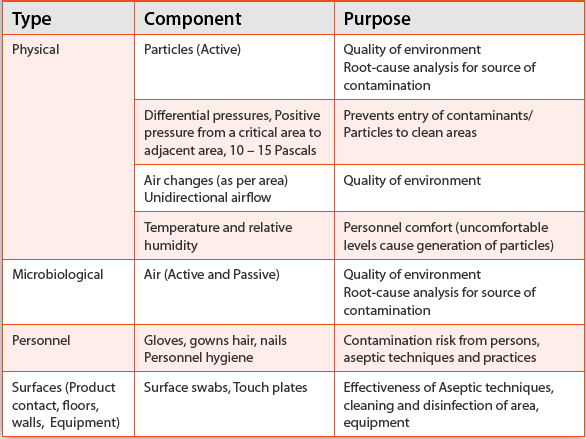
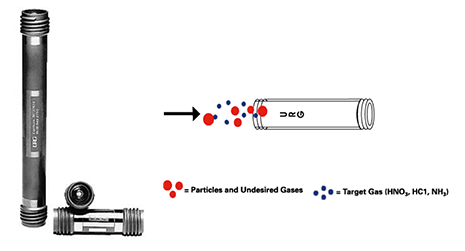
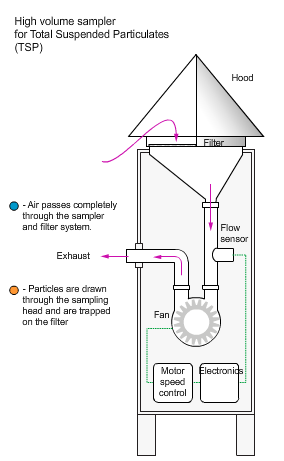





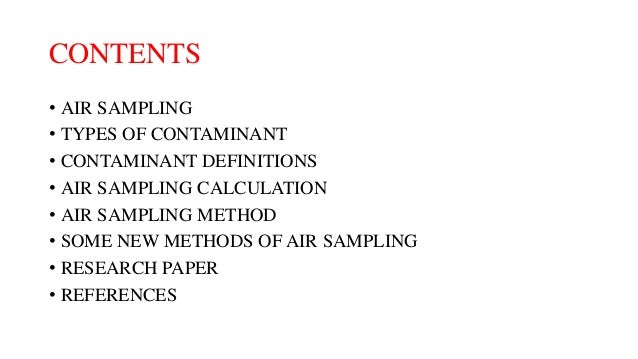










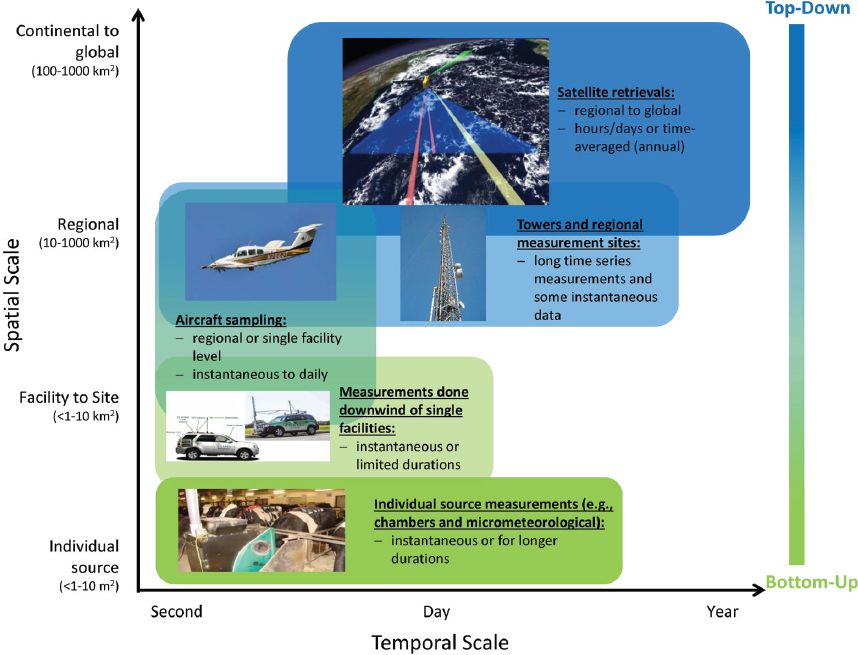
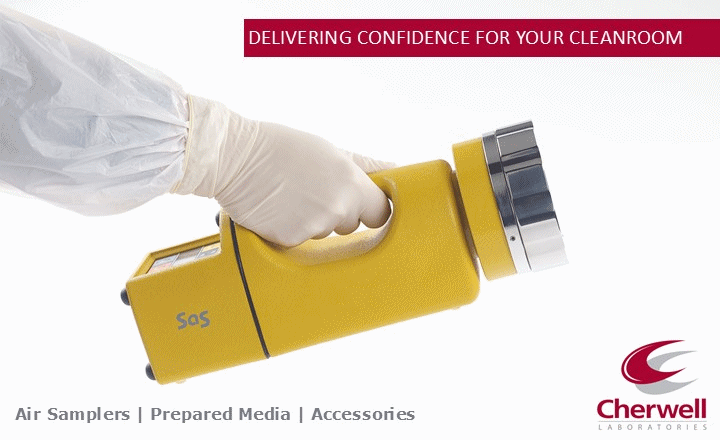





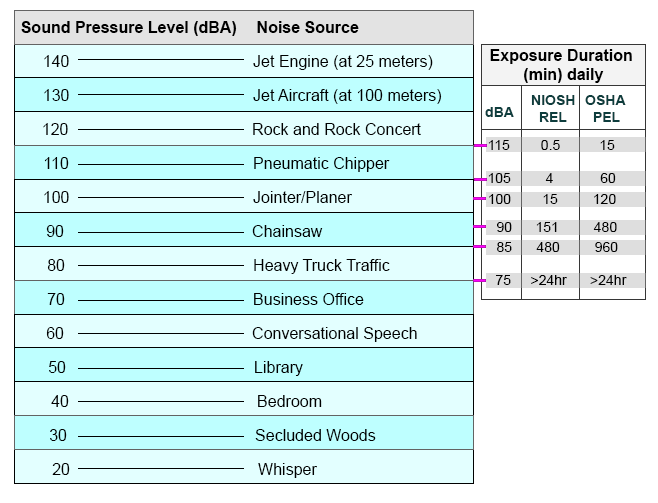



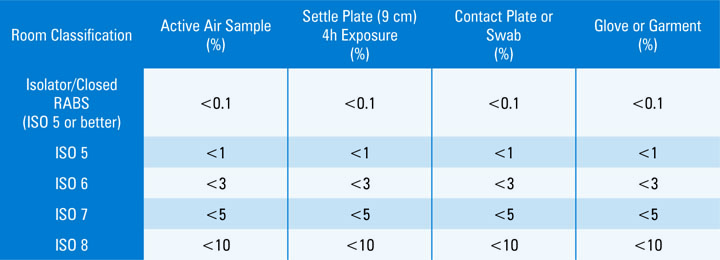
.jpg)



